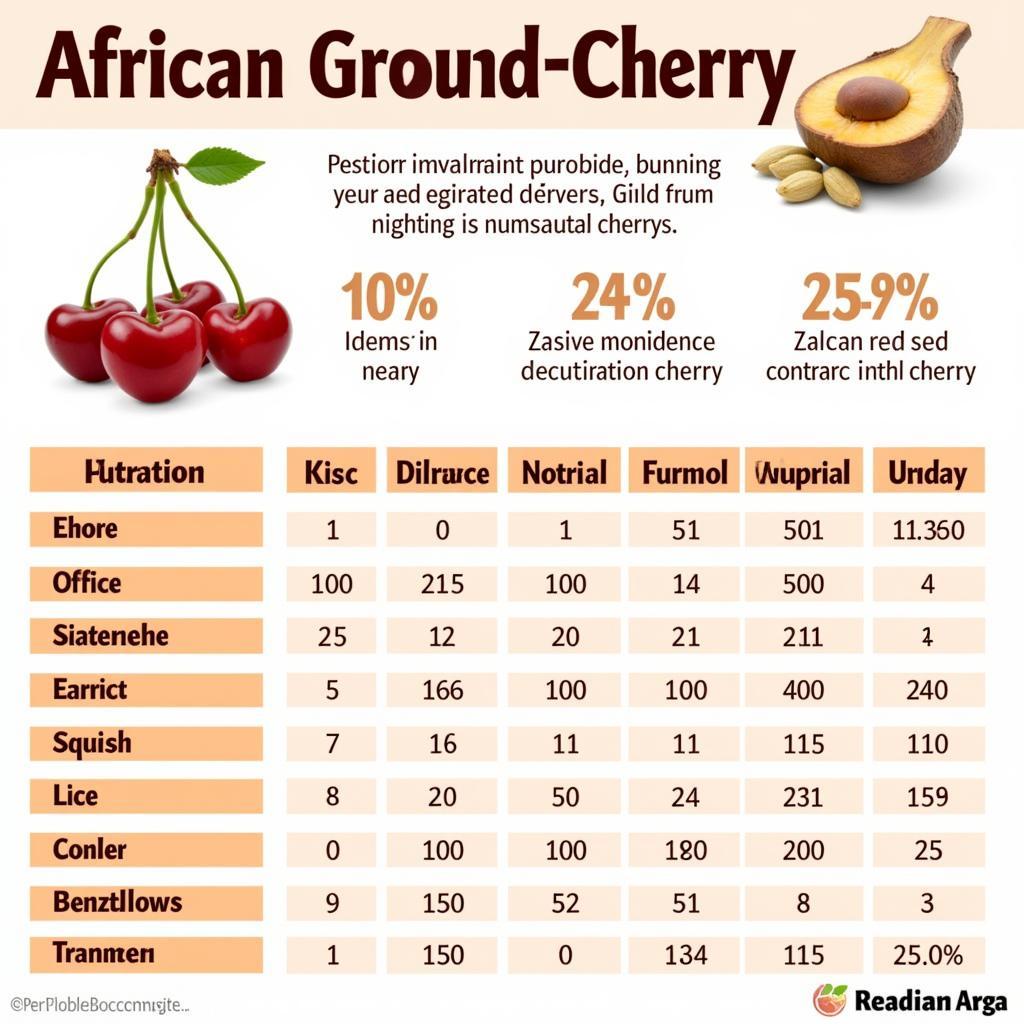The Enigmatic African Fairy Circles: Unraveling the Mystery of Namibia’s Sand Patterns
The Namib Desert, a vast expanse of sand and solitude in southwestern Africa, is home to a fascinating natural phenomenon known as “fairy circles.” These are mysterious, barren patches of land, often circular in shape, that dot the landscape like cosmic fingerprints. Their origin has puzzled scientists and captivated imaginations for decades, sparking numerous theories and debates. Let’s delve into the intriguing world of African Fairy Circles, exploring their characteristics, potential explanations, and the ongoing quest to understand this captivating mystery.
What are African Fairy Circles?
African fairy circles are distinctive, circular, or sometimes elliptical, bare patches of land surrounded by rings of vibrant, healthy vegetation. They can range in size from a few feet to over 30 feet in diameter, and they are typically found in arid or semi-arid regions with sparse vegetation.
Distinguishing Features:
- Absence of Vegetation: Fairy circles are devoid of any plant life, creating a stark contrast against the surrounding green rings.
- Ring-like Pattern: The circles are usually bordered by a ring of taller, denser vegetation, creating a distinct boundary.
- Regular Shape: The circles are often remarkably symmetrical, displaying an almost geometric perfection.
- Spatial Distribution: Fairy circles occur in patterns, frequently showing a regular spacing between them.
Theories of Formation:
Despite extensive research and countless theories, the exact cause of African fairy circles remains elusive. The most prominent hypotheses include:
1. Termite Activity:
- The Leading Theory: The most widely accepted theory suggests that certain species of termites, particularly sand termites, create the circles. These termites are believed to feed on the roots of plants, thereby clearing the vegetation within the circles.
- Evidence: Studies have shown termite activity within and around the circles, and their feeding patterns could explain the absence of vegetation.
- Debate: Some experts argue that termite activity alone cannot fully account for the regular spacing and the distinct ring patterns.
2. Plant Competition:
- Resource Competition: Another hypothesis suggests that competition for scarce resources like water and nutrients between plants could lead to the formation of circles.
- Self-Organization: This theory proposes that the plants themselves might create the circles through a process of self-organization, where they strategically position themselves to maximize resource access.
- Evidence: Observations of resource depletion and plant distribution patterns in the region support this theory.
3. Toxic Plants:
- Allelopathy: This theory proposes that certain plant species release toxins into the soil, inhibiting the growth of other plants, creating the circles.
- Spatial Distribution: The spatial distribution of fairy circles might be influenced by the presence of toxic plants within the circles.
- Limited Evidence: Direct evidence for toxic plant species as the primary cause is lacking.
The Continued Search for Answers:
The ongoing research into African fairy circles continues to provide valuable insights. Recent studies have focused on:
- Satellite Imagery: Analyzing satellite images to map the distribution and evolution of fairy circles over time.
- Soil Analysis: Studying soil composition and nutrient levels within and around the circles to understand the role of resources.
- Modeling: Developing computer models to simulate the formation of fairy circles based on various theories.
Expert Insight:
“The mystery of African fairy circles continues to intrigue us, pushing the boundaries of our understanding of ecological processes. Further research is needed to fully unravel the complex interplay of factors that create these captivating patterns,” says Professor Dr. Anika van der Westhuizen, an ecologist specializing in arid ecosystems.
The Cultural Significance of Fairy Circles:
Beyond scientific interest, African fairy circles hold cultural significance for the indigenous communities who live in the region. These communities often associate the circles with ancient myths and legends, seeing them as sacred places or signs from the spirits.
Local Beliefs:
“The fairy circles are a reminder of the delicate balance of nature. They are a sacred space for us, and we believe they are connected to our ancestors and the spirits of the land,” says Kalahari elder, Mr. Jao Ndjaba.
Exploring Fairy Circles:
If you’re captivated by the mystery of African fairy circles, here are some tips for experiencing them:
- Visit Namibia: The Namib Desert is the prime location to witness these fascinating formations.
- Guided Tours: Join a guided tour led by experienced local guides who can provide insightful information and share cultural perspectives.
- Respect the Environment: Admire the fairy circles from afar and avoid disturbing the delicate ecosystem.
FAQ
Q: Are African fairy circles found only in Namibia?
A: While most commonly found in Namibia, similar formations have been observed in other parts of Africa, such as Angola and South Africa.
Q: How old are fairy circles?
A: The age of fairy circles is still debated, but some estimates suggest they can be hundreds of years old.
Q: Are fairy circles endangered?
A: Climate change and human activities pose threats to the delicate ecosystem where fairy circles exist, raising concerns about their conservation.
Conclusion:
African fairy circles remain an unsolved enigma, a testament to the complexity and beauty of nature. The ongoing research and the diverse theories shed light on the intricate interactions within arid ecosystems. Whether they are formed by termites, plant competition, or a combination of factors, these fascinating patterns continue to spark curiosity and inspire wonder in those who encounter them. By understanding their mysteries, we gain a deeper appreciation for the delicate balance of the natural world and the resilience of life in even the harshest environments.




